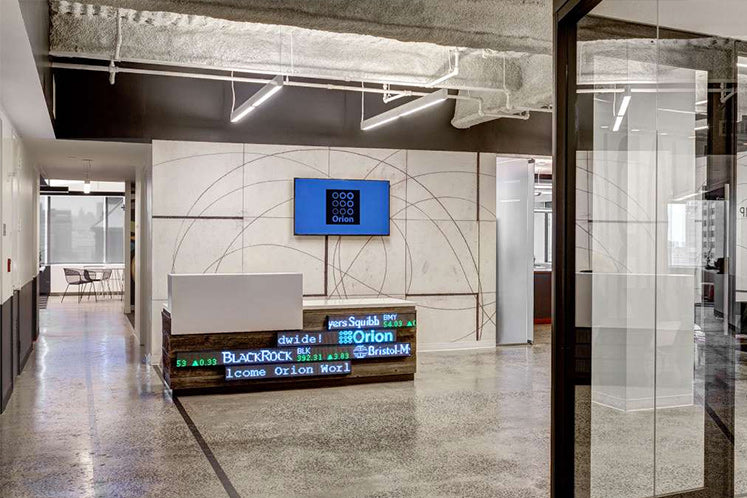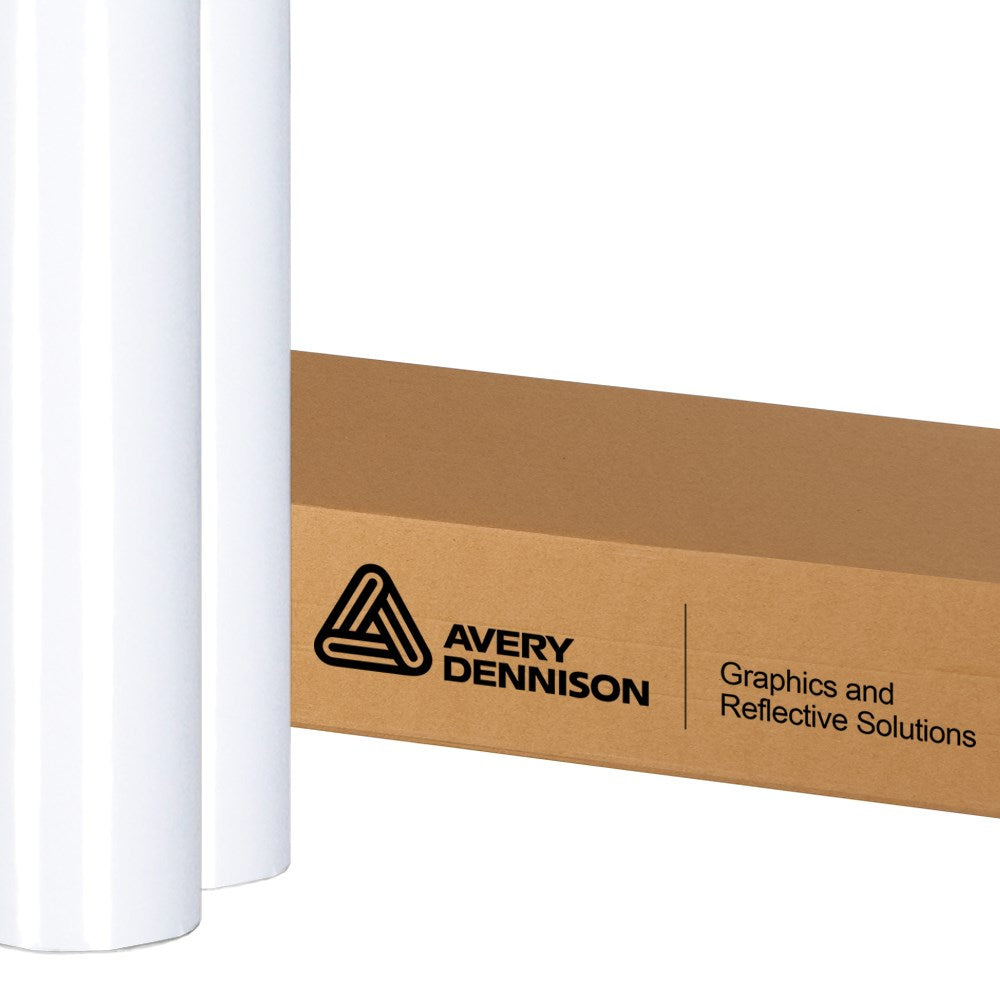Two Kinds of Content
Saret categorizes the content for digital signage applications into two groups.
The first is "Dynamic Content," that should be “tied to a pre-existing content platform, and is automatically being updated, such as weather, news, sports or social media,” he explains. “It could also be content that's specific to the venue that is being changed by the company, such as product specials or promotions at a fast food restaurant or clothing store.”

This type of messaging allows for remote changes that correspond with business decisions such as inventory control or other variable conditions.
The second group is "Content Tied to the Goal of Digital Signage," which is content that “should address the questions of why the screen is going up as well as where its being placed,” Saret says.
In most instances, the type of content that is delivered to the screen will depend on the client’s preferences and situational circumstances.
What’s on the Market
For sign makers involved in content for digital signage, it is important to know what solutions are available and how to properly employ them.
“There are premise-based solutions that require proprietary software and someone onsite to make changes,” Saret says. “Or a customer can choose cloud-based solutions, which allow the screen content to be changed from any device with an Internet connection. Finally, slide show/data driven content is created with images and slides without the need to know Photoshop or PowerPoint.”
Oftentimes, the surroundings of the sign will determine which set-up is most feasible. A single screen in a small convenience store may run a looping video promotion, whereas a multi-display configuration at a professional sports arena will likely receive customized data from a host.
“Users still run a wide range (of solutions), from just putting in a thumb drive or using PowerPoint to loop to cloud-hosted, to having a premise-built system,” Cahoy says. “If you look at the landscape of software providers, the vast majority have keyed in on providing hosted services. Most customers don't want the cost and complexity to manage their own serves and infrastructure and want to leave that to experts that have a robust architecture that is 99.9 percent reliable and protected against hackers and attacks.”
"Technology and ease-of-use is pushing the content management of digital signage toward hosted solutions."
Technology and ease-of-use is pushing the content management of digital signage toward hosted solutions. This type of set up takes the burden off the sign owner and allows professional content providers to handle the load.
“The beauty in this situation is that you don’t need someone on staff to handle this—it can be outsourced by a third-party provider with expertise in this area,” Saret says. “The expert should be able to offer a range of content—from basic templates to full customization—depending on the customer’s need.”
“Additionally, web-based hosted solutions also provide better access to content that can update such as news, weather, social media, etc. and their template libraries are always growing with new fresh designs and ideas,” Cahoy says.
No matter the configuration, there is a tremendous opportunity for sign makers to get involved with digital signage—and the management of content—as electronic displays are becoming more popular than ever before.
“Fact: if you are hanging screens, you should be providing the content for those screens,” Saret says. “Because if you don’t, someone else will and you are leaving money on the table.”
Read Part 1 - Read Part 2 - Read Part 3 - Read Part 4
Article written by Ryan Fugler and reposted with permission from Sign & Digital Graphics.




